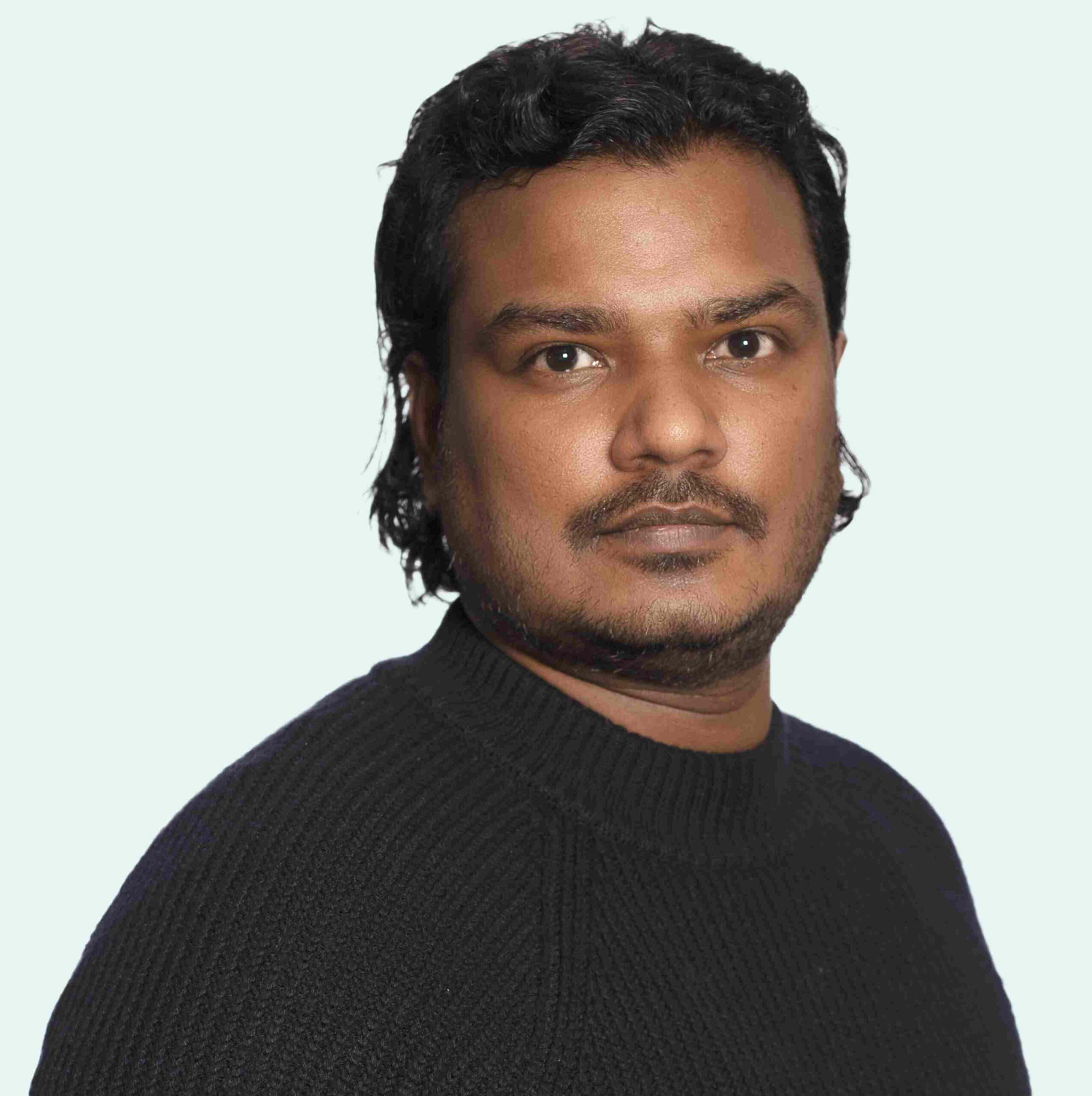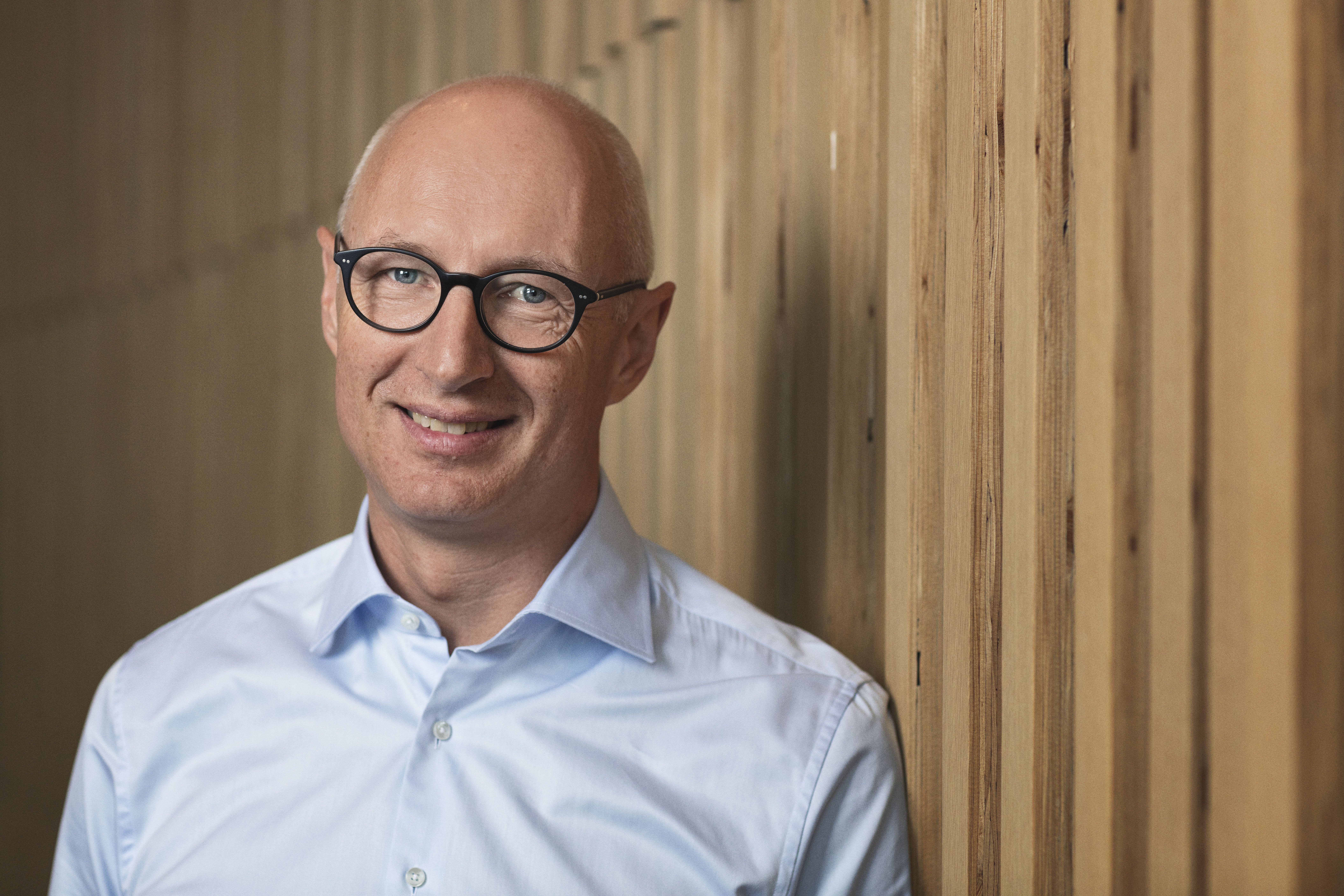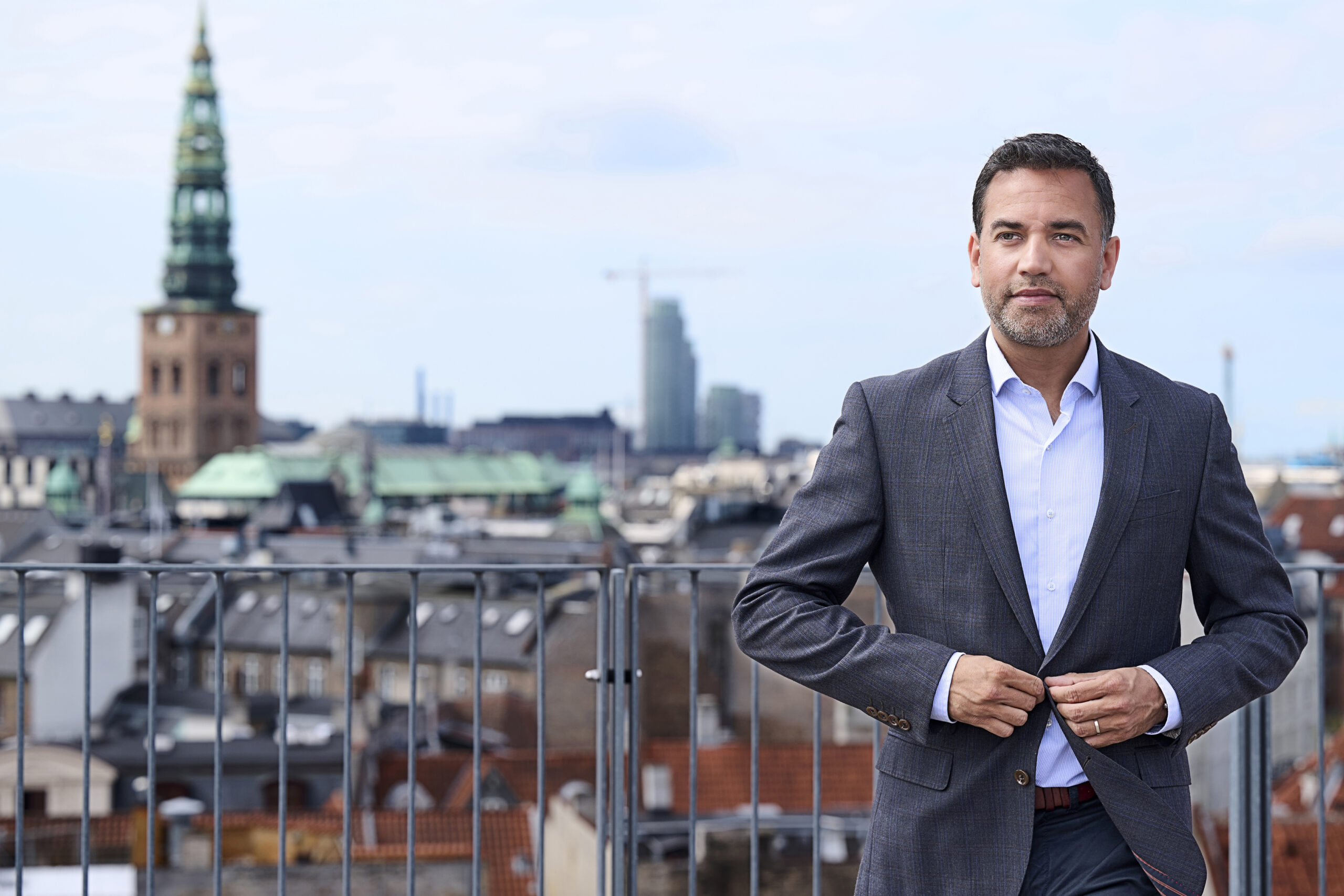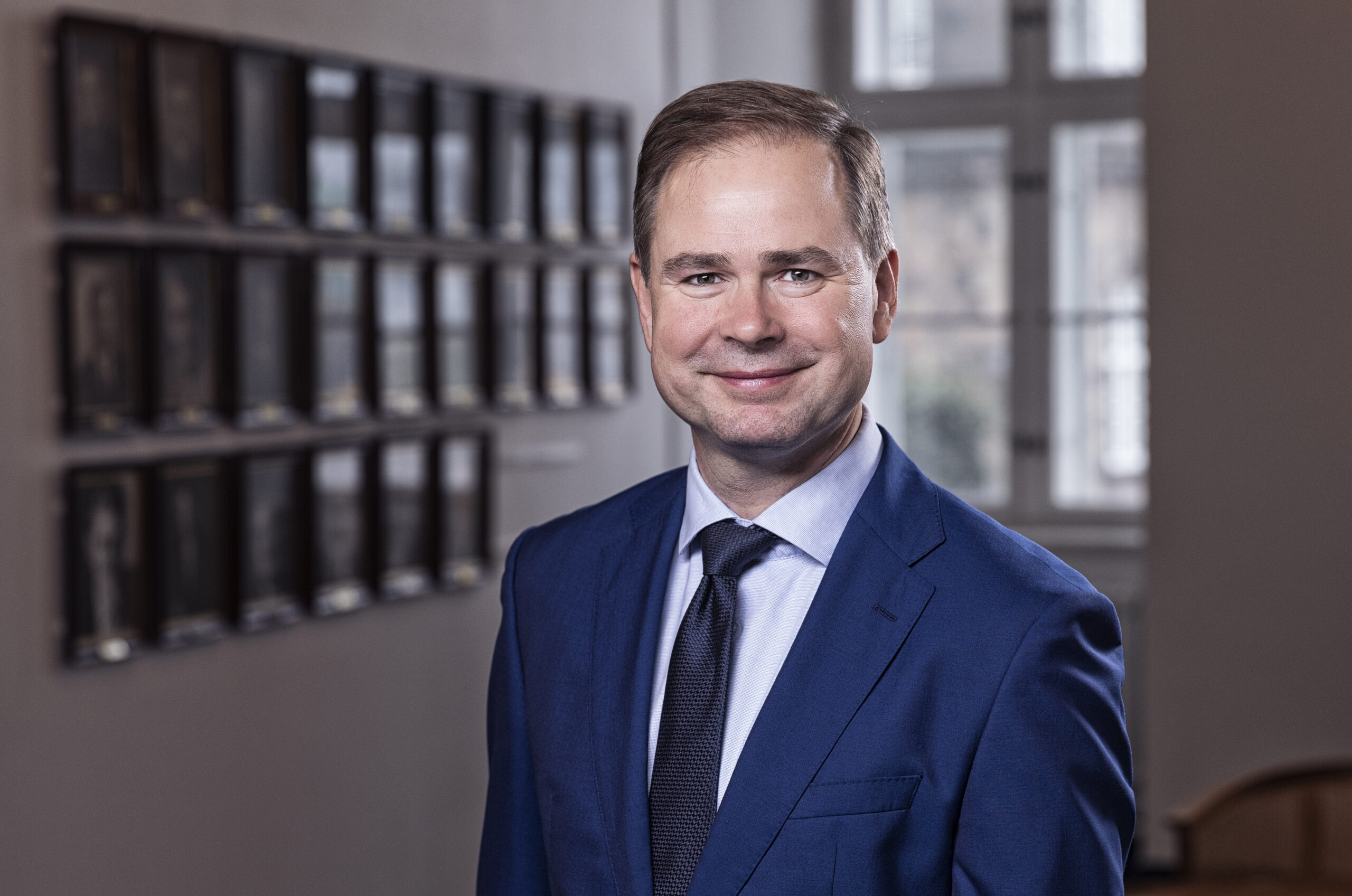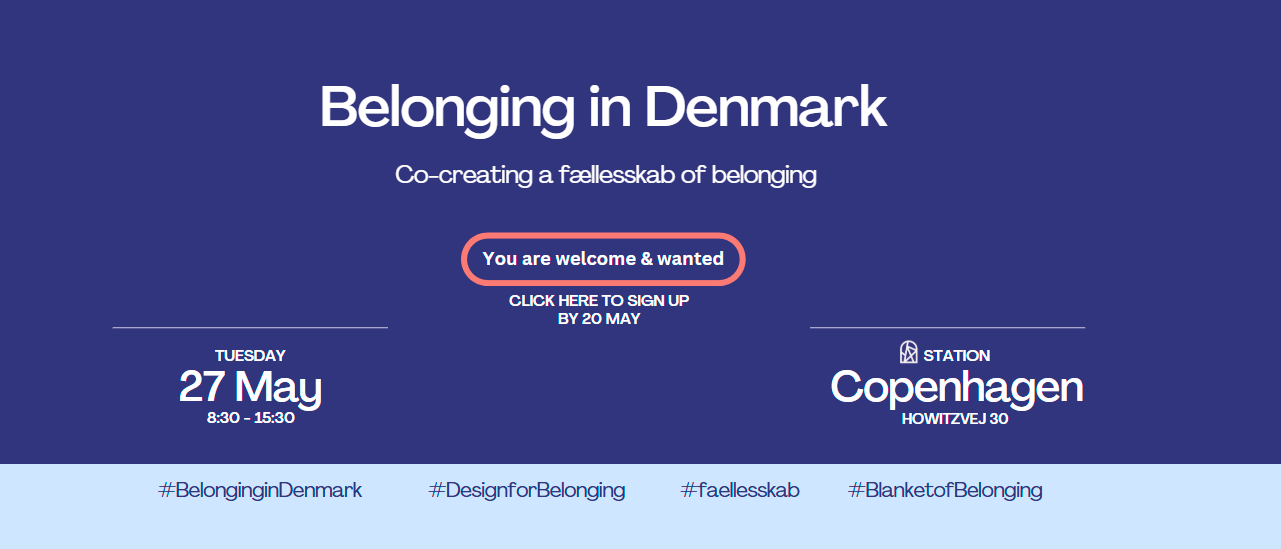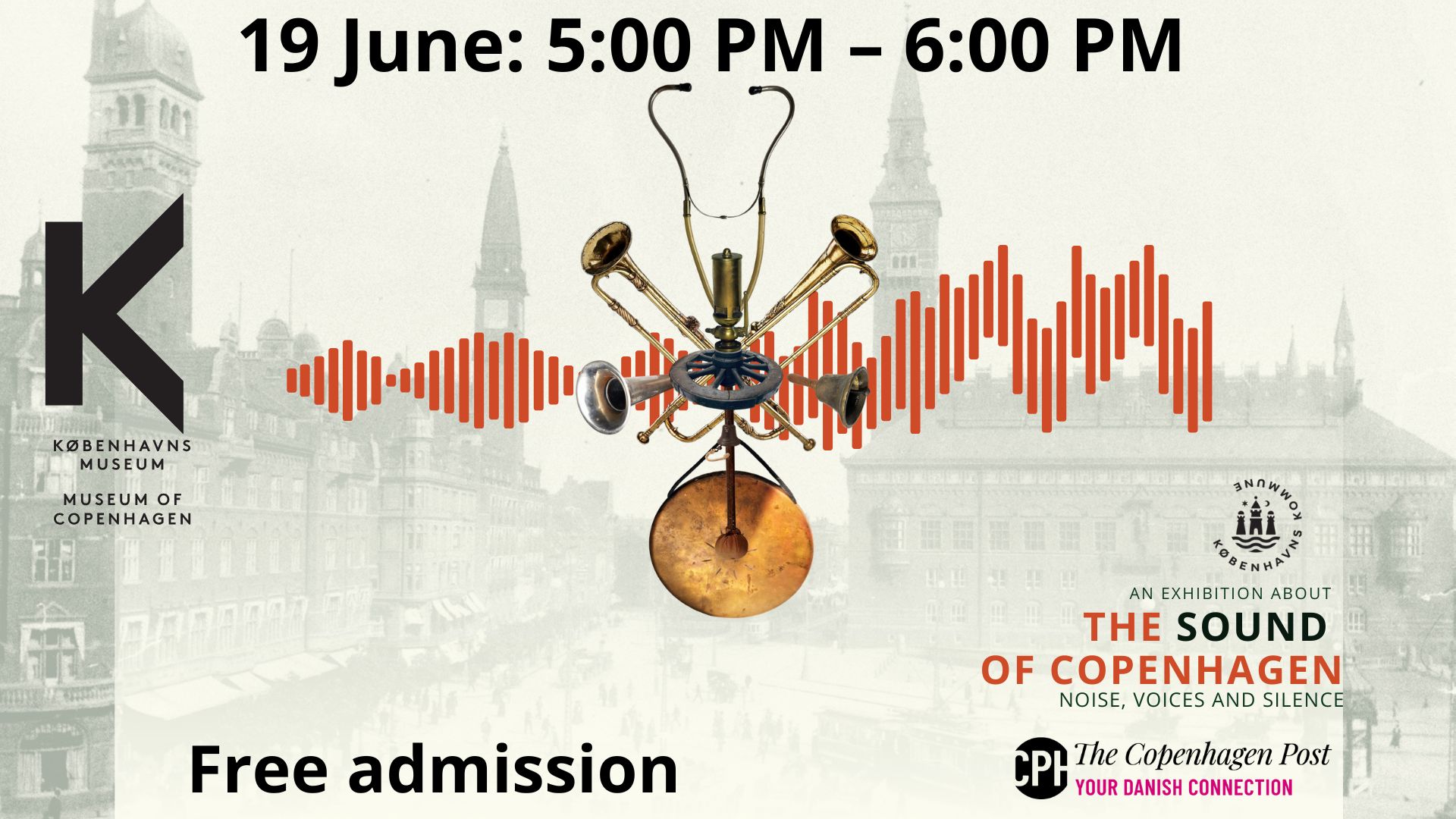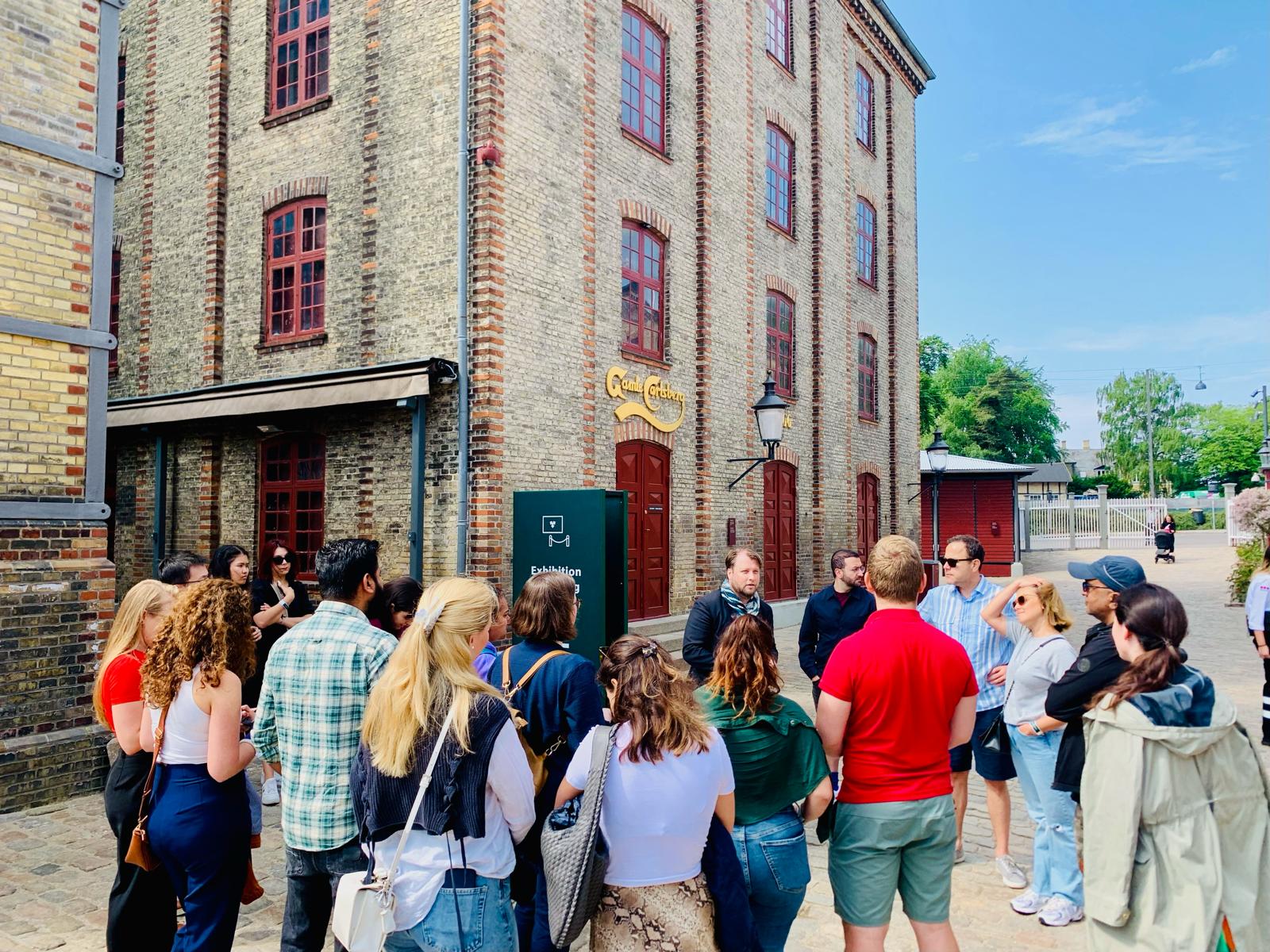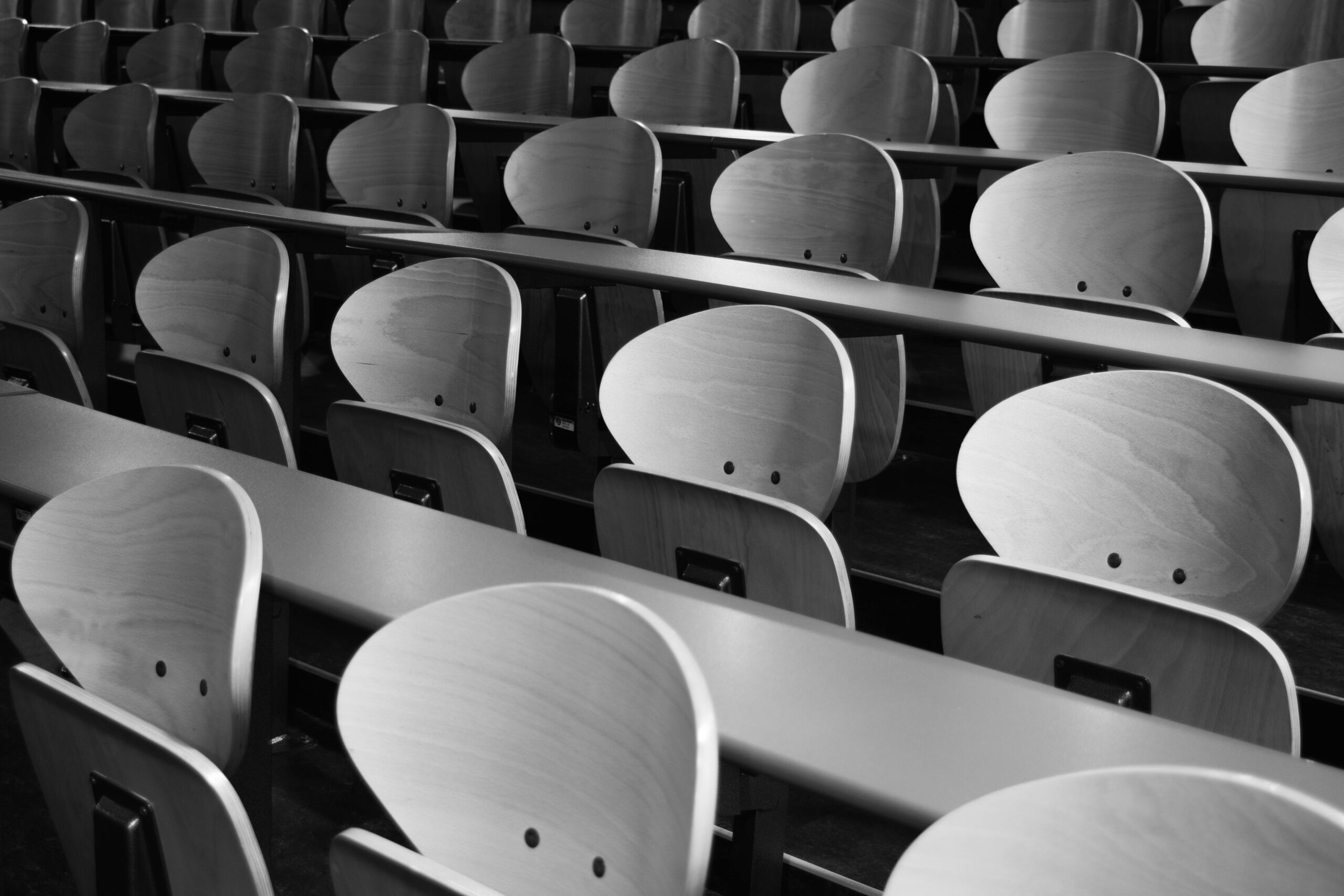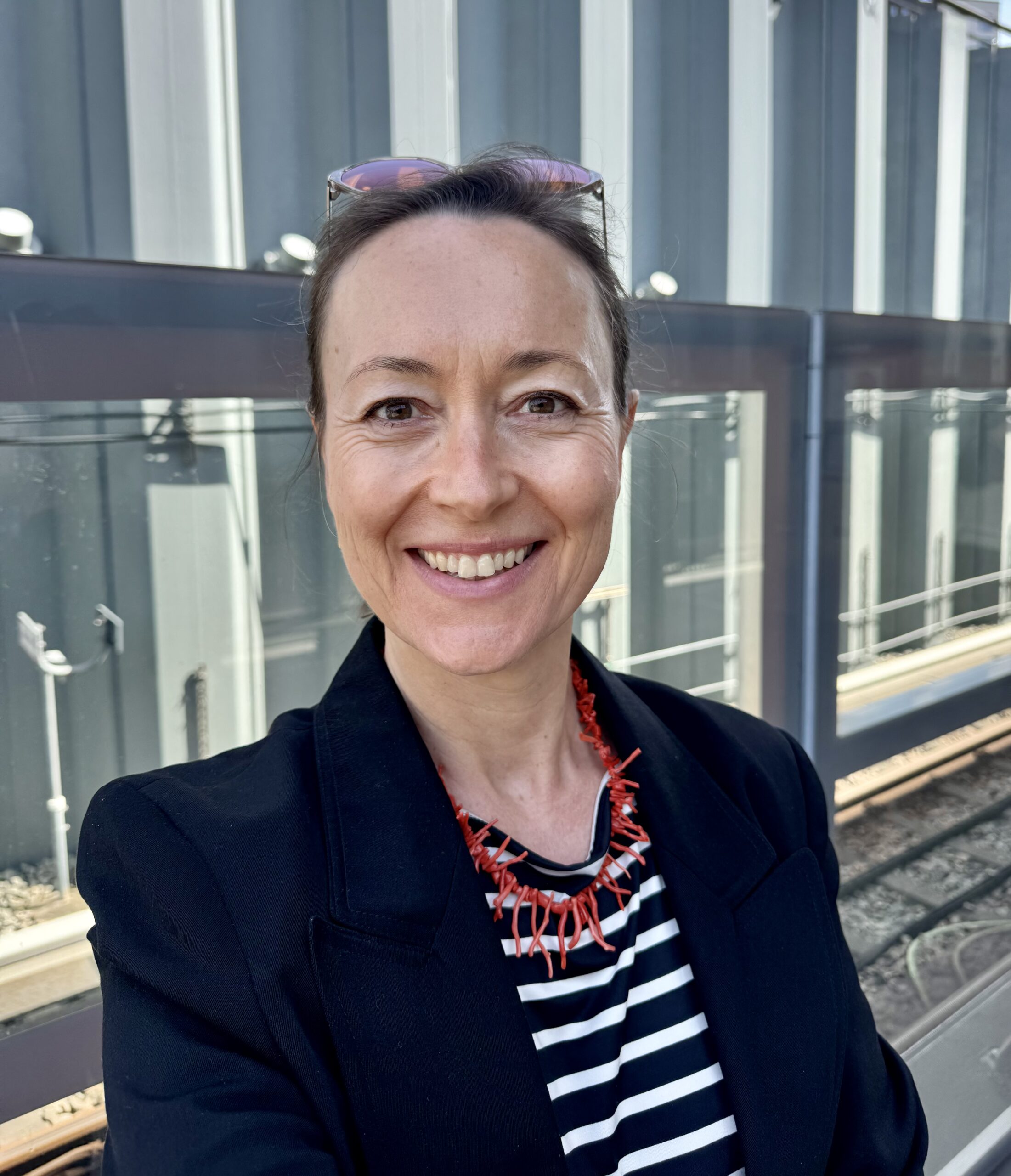In our My Copenhagen series, international creatives give us their impressions of the Danish capital.
Korean sisters Soo-Kyung Hong and Soo-Jin Hong are an integral part of Denmark’s classical music scene. They are the principal cellist and concertmaster, respectively, of the Danish National Symphony Orchestra.
But the pair also play violin and cello in their own group in Copenhagen, Trio con Brio, together with the Danish pianist Jens Elvekjaer.
Trio con Brio is known for its contemporary approach to the classical repertoire, and the classical approach to contemporary music.
From growing up in a musical family, to studying music in Vienna and eventually settling in Denmark, theirs has been an interesting journey.
What do you look to for inspiration in your work?
We take inspiration from each other. The music we perform is often classical repertoire which was written hundreds of years ago. It is important for us to ‘recreate’ the works by composers such as Beethoven, Schubert, Brahms and Tchaikovsky. It is a part of our process to understand the compositions’ structure and ideas and to communicate their stories and emotions to the audience in a wholesome way.
We also look for inspirations on our many international tours by exploring new places, museums and nature. We use our experiences on and off the stage in our work.
I settled in Denmark because…
Soo-Kyung: After having lived abroad many years as a foreign student I loved the sensation of having a family around. My husband’s family really welcomed me here. I also had won a position as the principal cellist of The Royal Danish Orchestra in 2003 and decided to move entirely to Copenhagen.
Soo-Jin: Our trio was in demand after we won a number of international competitions in the beginning of our career, and we needed to have a mutual base. One of the many charms of Copenhagen is also that Copenhagen Airport is very well connected to many destinations abroad which is wonderful for a touring musician.
If you ask me if it was love at first sight, I would say…
Soo-Kyung: Yes, it was. I like the openness and the clean air in Copenhagen. It is a very pleasant and human city!
Soo-Jin: I really feel like home here. I love the way Danes celebrate Christmas and other festivities.
My favorite observation about the Danes is…
Soo-Kyung: Their tolerance and openness.
Soo-Jin: Trust and honesty
In Denmark, I never get used to…
Soo-Kyung: The long dark winters
Soo-Jin: Danes’ ease at bicycling, which I really admire.
Jeg kan tale…
Soo-Kyung: Danish fluently. We both spoke German so it was easy and learnt in a year.
Soo-Jin: I decided to speak Danish when I started at my first Danish workplace even though I was not fluent yet, and it helped me improve my Danish rapidly. Today I speak fluent Danish.
My perfect 24 hours in Copenhagen would be…
Soo-Kyung: Go to Glyptoteket, combine it with a brunch in Glyptoteket’s winter garden and catch a show or a concert at The Copenhagen Opera House, The Royal Danish Theatre or DR Koncerthuset.
Soo-Jin: Go to the Rosenborg park, shop and stroll on the street in the city. Then go to the Louisiana museum north of Copenhagen.



